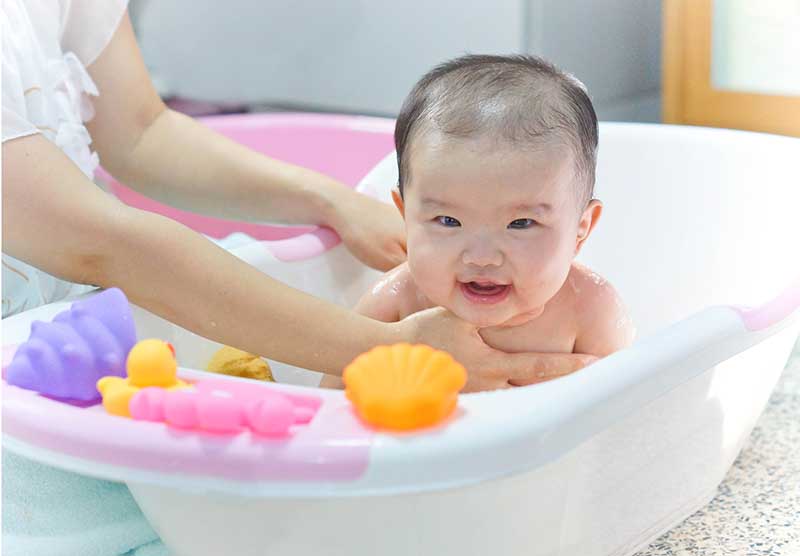Families For Life | Movement: Toddlers

DID YOU KNOW?
Bath time is a good way to soothe your baby but it can also be a fantastic learning opportunity for your child. Learn how you can engage him during bath time.
READ MORE

Toddlers can move around independently, but they still have to learn when and how to stop. Here are some play ideas to help you create a fun and safe environment where your toddler can walk, run, jump, dance and more.
Daily movement for toddlers: why it’s important
Movement is important for your toddler’s learning and overall health and wellbeing.
Play is one of the main ways that children learn and develop, so play is the best way to get your toddler moving.
Playing each day helps your toddler build stronger muscles and bones. It also lets her practise her physical skills. You’ll find that her confidence grows as she climbs higher, runs faster and jumps further.
What to expect: toddlers and movement
At this age, your toddler will probably:
be able to pick up small pieces of food between his pointer finger and thumb
prefer to use his left or right hand (although choosing the left or right hand for writing and drawing won’t happen for another few years)
be able to hold a pencil in a basic writing position at 2-3 years
be able to turn door knobs at 2-3 years
be able to walk up and down stairs using alternate feet at 2-3 years – but he’ll probably still need the support of a handrail or an adult’s hand
be able to screw and unscrew jars and lids at 2½-3 years.
As your toddler heads towards three years, you might see that she can’t keep still – she’s always running, jumping or kicking! She might even try to climb up and over you or other familiar grown-ups, especially if you get down on the floor and play together.
Walking is also now the heel-to-toes grown-up style, rather than the legs-apart style of a new walker.
Your toddler is also becoming more coordinated and is better at doing simple things for himself. For example, toddlers can start dressing independently, eating independently with a spoon and fork, and drinking from a cup. By three years they can manage toilet training.
Your child will probably want to test all the limits, climbing as high and running as far as possible – small bumps and falls are common. This is a normal part of how children learn and develop.
Play ideas to get your toddler moving
Toddlers, play, movement and learning all go together. Here are some play ideas to get your toddler moving and learning at the same time:
Listen to music that gets your toddler moving to the beat. You can even sing simple songs and rhymes that let your toddler copy actions.
Try ride-on toys from 12 months.
Give your toddler different-sized containers so she can put the small ones into larger ones – this helps her practise fine motor skills.
Do puzzles and LEGO® together.
Go for outdoor play in parks, backyards, at the beach. Anywhere that your toddler can safely toddle, run and explore gives him the chance to practise gross motor skills. You can also roll, toss and kick soft balls to each other.
Let your toddler use playground equipment – it’s a good idea to supervise your children to avoid injury.
Obstacles to toddler movement
Things like screen time or too much time sitting in car seats can stop toddlers from getting the benefits of daily movement and play.
Try to limit your toddler’s screen time. Screens include television, computers, tablets and other electronic games and devices.
The latest guidelines from the American Academy of Pediatrics say that:
Children under 18 months should avoid screen time, other than video-chatting.
Children aged 18 months to 2 years can watch or use high-quality programmes or apps if adults watch or play with them to help them understand what they’re seeing.
Children aged 2-5 years should have no more than one hour a day of screen time with adults watching or playing with them.
It’s also worth thinking about how much time your toddler spends in a car seat, pram or stroller each day. Toddlers should be inactive for no more than one hour at a time. Your toddler will probably let you know that an hour of being made to sit still is more than enough!
If your child isn’t running smoothly by three years, or shows little interest in exploring actively, it’s a good idea to talk with your paediatrician or General Practitioner (GP).
© raisingchildren.net.au, translated and adapted with permission
Explore more